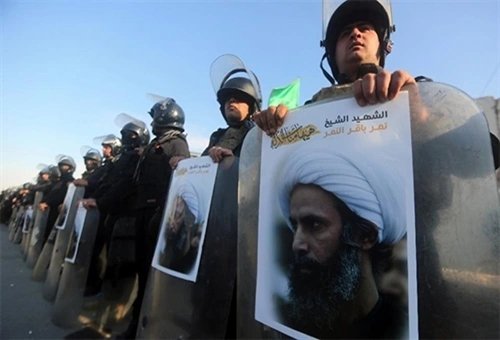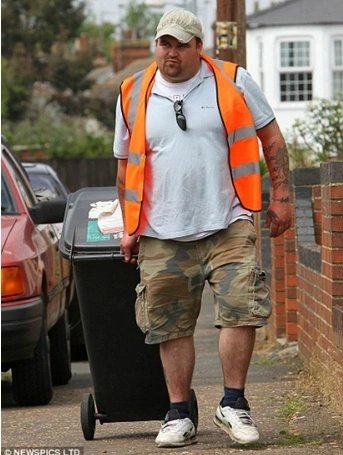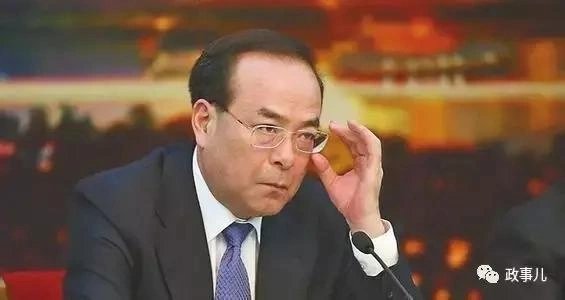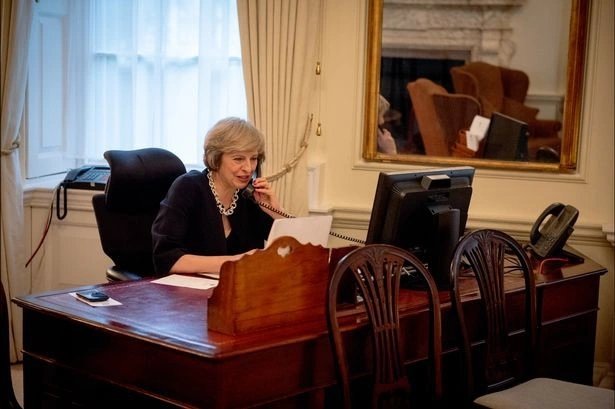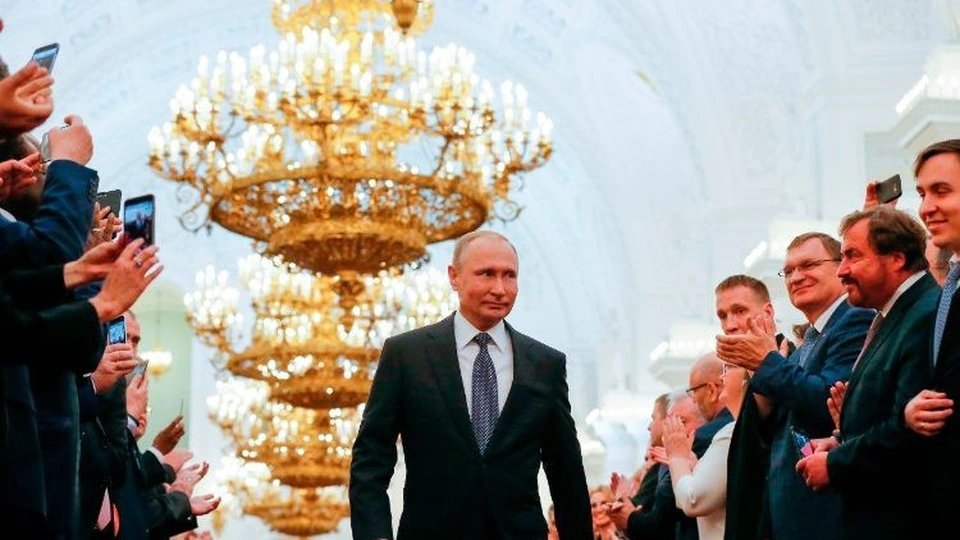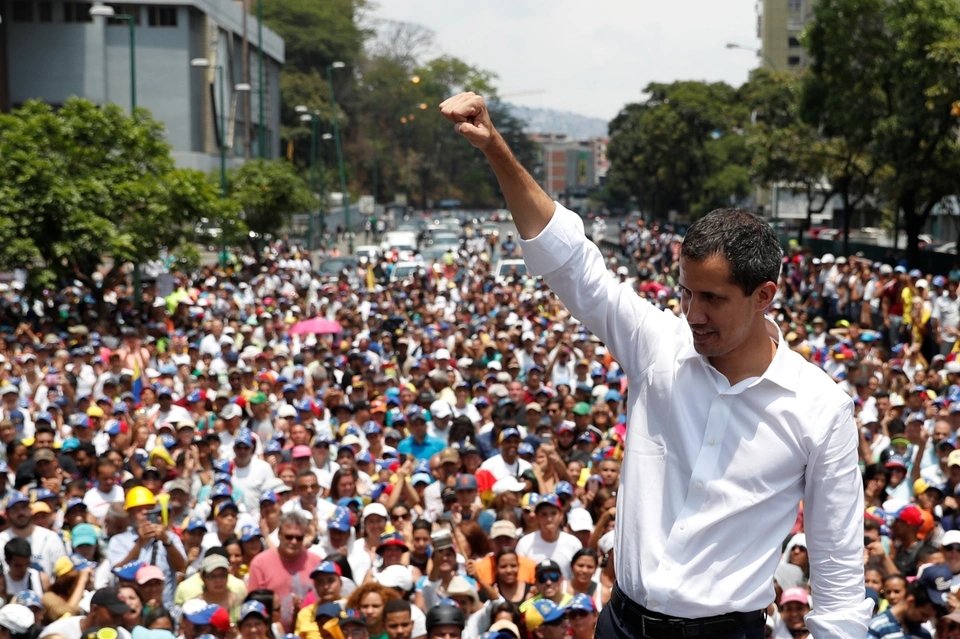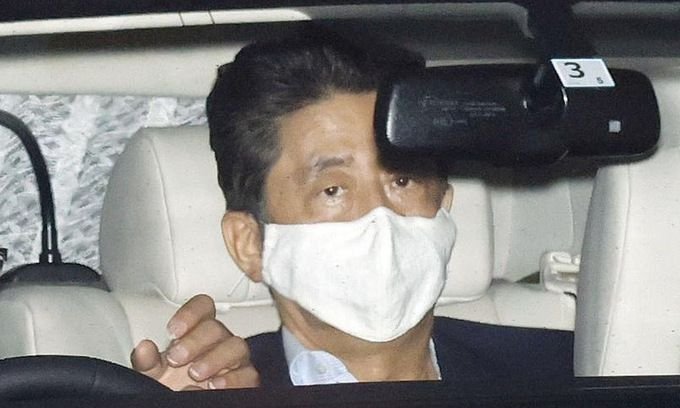
Japanese Prime Minister Shinzo Abe, 65 years old, went to Keio University Hospital in Tokyo yesterday and left after 7 hours here, sparking speculation about his health condition, although government officials
Mr. Abe, Japan’s longest-serving leader, had to resign in September 2007, after only one year in power, because of chronic ulcerative colitis.
He usually has a health check-up every 6 months, but his most recent medical check-up was on June 13, just two months ago.
This newspaper also pointed out that he did not attend parliamentary meetings and did not hold any press conferences for more than a month.
Japanese Prime Minister Shinzo Abe returned to his residence after a health check on August 17.
Japanese media then closely followed all of Prime Minister Abe’s activities, noting that he went to the gym for the first time in many months on August 10.
`I’m sure he was under extreme and prolonged stress. Unfortunately, this is a time when we face many challenges,` said Noriko Hama, a professor of economics at Doshisha University in Kyoto.
Japan is facing a spike in nCoV infections in Tokyo as well as the worst economic decline.
Some analysts also consider the possibility that Prime Minister Abe may not be able to complete his term, which will end in October next year.
However, according to Hiromi Murakami, a political science professor at Temple University in Tokyo, Mr. Aso will only be interim leader until the Liberal Democratic Party (LDP) can arrange new elections.
In addition, Japanese Foreign Minister Toshimitsu Motegi is also attracting positive attention as a potential successor.
Motegi has repeatedly emphasized the importance of face-to-face meetings despite Covid-19 and has also received many compliments for his negotiation skills and ability to get things done.

